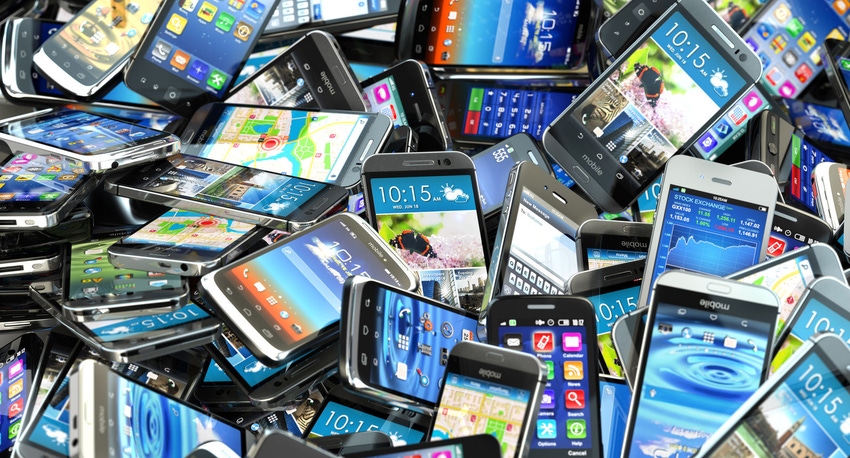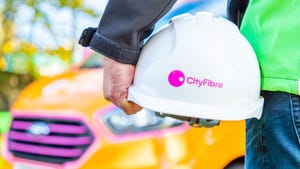Orange and Tele2 spearhead initiative to recycle old phones
Industry body the GSMA, along with a bunch of telcos, have set the goal of recovering a fifth of the devices they distribute for repair, reuse or recycling by the end of the decade.
June 27, 2023

Industry body the GSMA, along with a bunch of telcos, have set the goal of recovering a fifth of the devices they distribute for repair, reuse or recycling by the end of the decade.
It’s a laudable aim – and a boost to the operators’ green credentials, of course – but we don’t know much about how they intend to do it, nor how much of an improvement that would be on their current efforts. All we really know is that they aim to get back the equivalent of at least 20% of the new devices they distribute directly to customers by 2030.
We do have some headline statistics though. According to the GSMA, there are more than 5 billion mobile phones currently sitting unused in people’s homes around the world. And the industry body estimates that if properly recycled, 5 billion mobile phones could recover US$8 billion worth of precious metals, rare earth elements, other minerals, and “enough cobalt for 10 million electric car batteries.”
Wow. That figure does not necessarily refer to the 5 billion devices we have sitting in our drawers specifically, given that some of them are doubtless decades old and not particularly high end, but likely a theoretical 5 billion phones. But still.
It might have been nice to know the approximate value of the recoverable materials targeted by the operators’ new phone take-back targets, but the scheme is not just about recycling. The operators are also keen to reuse and recondition devices, noting that a refurbished phone can have 87% lower climate impact than a newly manufactured phone.
Further, effective use of the materials recovered from a recycled handset could potentially – there would clearly have be some buy-in from the vendor community here – lower the cost of manufacturing mobile phones and as a result tackle affordability barriers and help more people get online, the telcos noted.
On a semi-related note, the GSMA earlier this week announced that China’s big three operators have joined its Open Gateway initiative, declaring that a sign that it is gathering pace. Indeed, with the addition of China Mobile, China Unicom and China Telecom, the initiative now boasts 29 mobile operator members.
The GSMA unveiled the Open Gateway initiative in February. It is designed to help developers and cloud companies work with mobile operators worldwide through open network APIs with a view to bringing new digital services to market more quickly and to a broader global customer base.
It’s not quite the same thing as making mobile devices more affordable by reusing bits, but it all feeds into the broader narrative of connectivity and digital services for all.
Back to phones, and the biggest question mark over the new telco reuse and recycle goals is how they plan to achieve them. And they know that there are barriers to be overcome.
“Operators recognise that further work is needed to address concerns that stop people from returning handsets, such as data privacy, the need to save precious memories stored on devices, and the desire to keep a spare device,” the GSMA statement reads.
This is a commendable endeavour, but it comes with some challenges. Not least that if we – and doubtless others like us – know we have old devices lurking about our home, but can’t quite put our hand on them right now, then what chance does a telco have of getting hold of them?!
Operators involved: BT Group, Globe Telecom, GO Malta, Iliad, KDDI, NOS, Orange, Proximus, Safaricom, Singtel, Tele2 and Telefonica.
Get the latest news straight to your inbox. Register for the Telecoms.com newsletter here.
About the Author(s)
You May Also Like











_1.jpg?width=300&auto=webp&quality=80&disable=upscale)


.png?width=800&auto=webp&quality=80&disable=upscale)